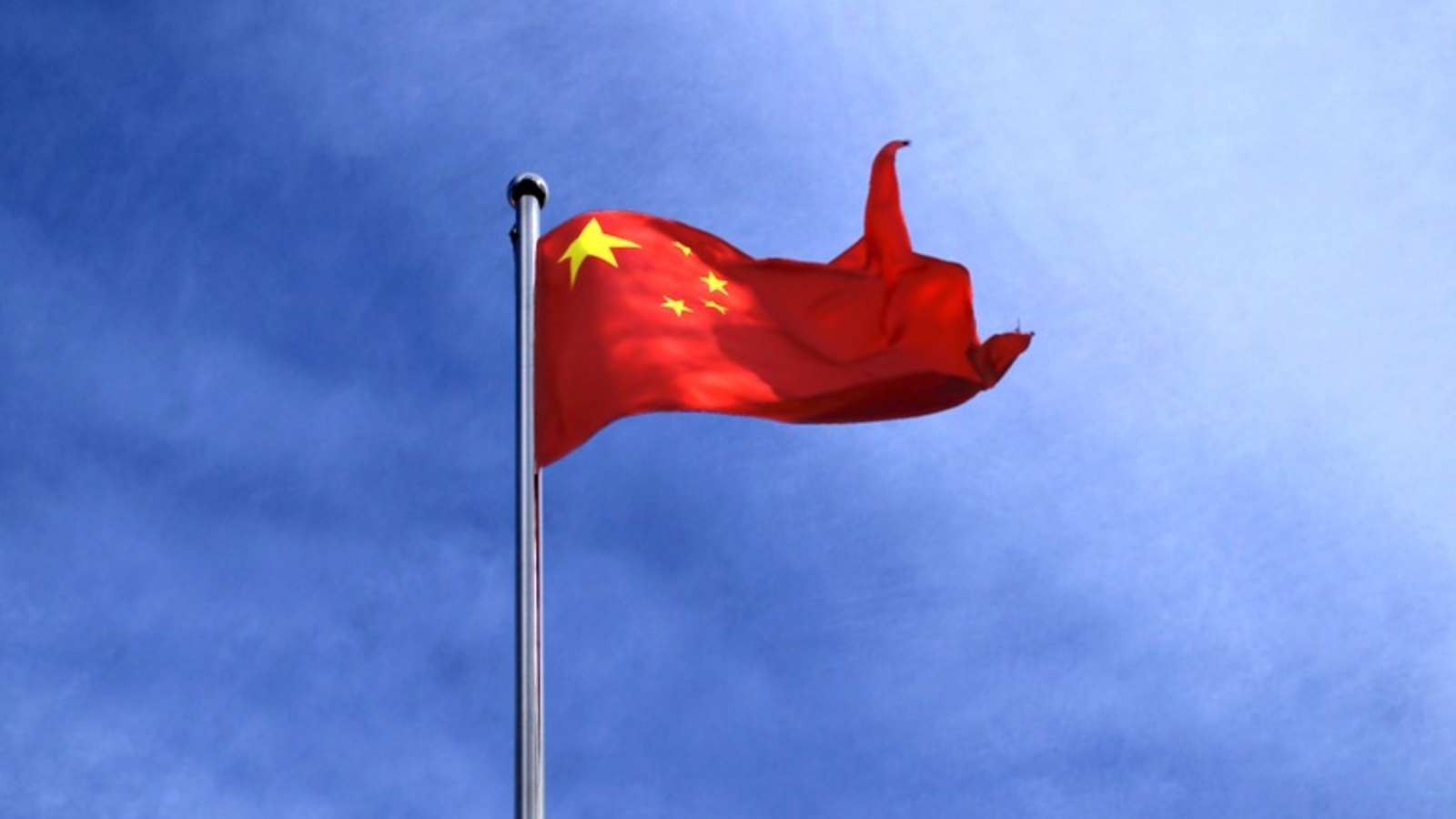China will release a gigantic envelope of nearly 40 billion euros to develop its semiconductor industry.
Semiconductors are a strategic sector for all major economies. The two largest of them, the United States and China, are at loggerheads on the subject, chaining sanctions and record investments to get out of the game.
And 1, and 2, and 3 funds
In recent years, China has had to deal with more and more US sanctions on semiconductors. These are all the more difficult to bear since they are also applied by Washington’s allies, such as Japan or the Netherlands. The second most populous country thus has only one possible source to override: itself.
Beijing wants to be able in the next few years to produce its own advanced semiconductors without having to place huge orders with NVIDIA, which can stop its supplies overnight under pressure from the American administration. This is the reason why, according to Reutersa new fund has just been set up by China.
Funded to the tune of 300 billion yuan (i.e. more than 38 billion euros), it will follow on from the two funds deployed in previous years, a first of 138.7 billion yuan in 2014, and a second of 200 billion yuan in 2019.
Big Fund at the wand
The China Integrated Circuit Industry Investment Fund, also known as the “Big Fund”, is the administrative entity behind these three funds. For the moment, only one contributor is known, namely the Chinese Ministry of Finance, which will release 60 billion yuan for the occasion (ie 20% of the total envelope). The previous funds had also been supported by very large public companies such as China Telecom, China Tobacco or the China Development Bank Capital.
At present, the best Chinese company in the sector, SMIC, is officially capable of etching chips at 14 nm, although it claims to have developed a process allowing it to achieve an etching fineness of 7 nm. In comparison, the two field leaders Samsung and TSMC are already several generations ahead, with mass-produced 3nm chips this year, notably for the upcoming iPhone 15.
Source : Reuters

24